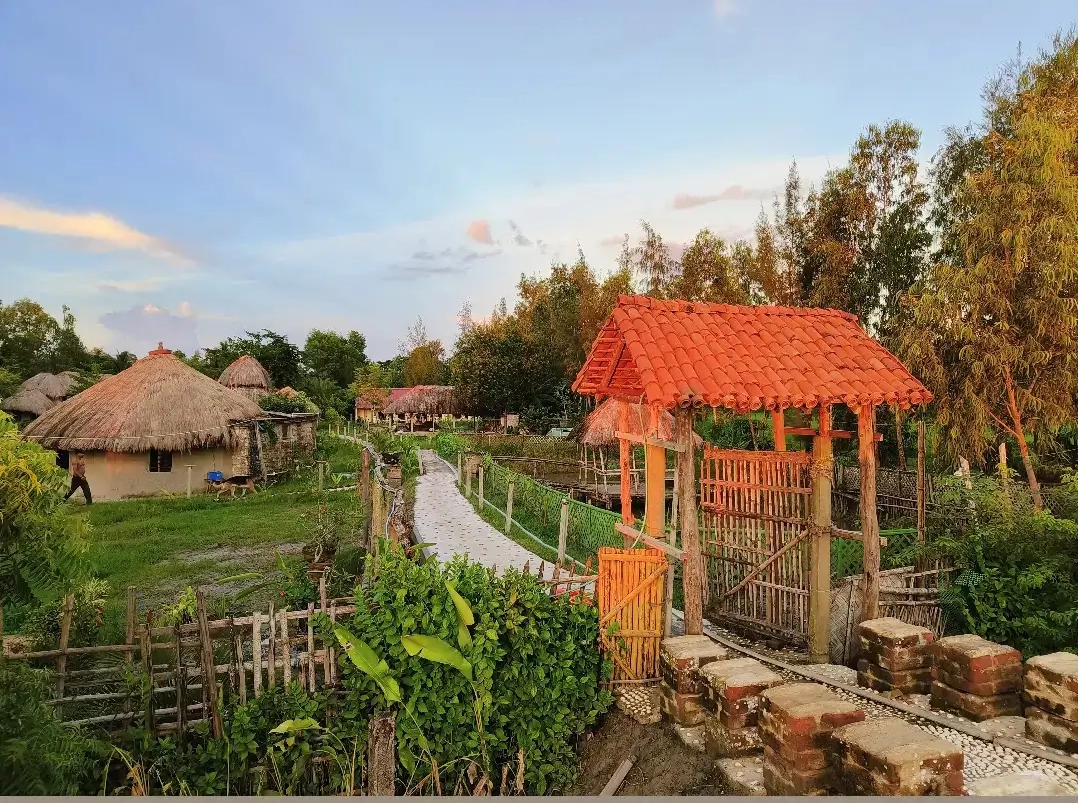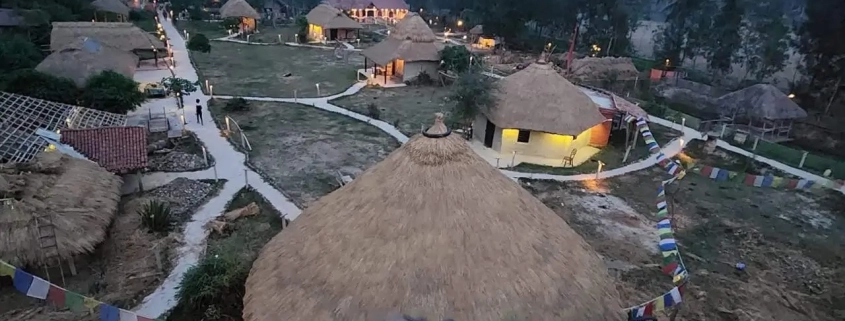Balancing Conservation and Tourism: Lessons from Sundarbans Ecotourism
For millennia, humans have understood the delicate dance between our existence and the environment. Ancient societies revered the natural world, recognizing it as the source of life and prosperity. However, the Industrial Revolution ushered in a new era, one where technological advancement fostered the illusion of environmental mastery. Driven by insatiable greed, we devoured resources, leaving behind a scarred and degraded landscape. Today, we stand at a crossroads, our technological prowess matched only by the alarming rate of environmental destruction.
Nowhere is this stark dichotomy more evident than in the Sundarban trip, the world’s largest inter-tidal mangrove forest and home to the majestic Royal Bengal Tiger. This fragile ecosystem, crisscrossed by countless waterways, has borne the brunt of human encroachment – unsustainable forest exploitation, land clearing, and intrusive development projects. Conservation efforts, while crucial, have inadvertently thrown the local communities, who depend on the forest for their livelihoods, into poverty.
However, ecotourism appears as a ray of hope amid the despair. This innovative approach aims to reconcile the seemingly irreconcilable: protecting the Sundarbans eco village resort while empowering its inhabitants. By attracting responsible visitors, ecotourism generates income that supports conservation initiatives and empowers local communities through employment and sustainable resource management.

Empowerment Through Experience
Imagine stepping into a world where the salty breeze whispers secrets through ancient mangroves, and the rhythmic lap of water against the boat lulls you into a timeless reverie. This isn’t just a postcard-perfect vista; it’s the Sundarban eco tourism, inviting you not to simply witness its beauty but to become one with its lifeblood. Ecotourism in this fragile paradise isn’t about passive sightseeing; it’s about forging a deep, meaningful connection with the environment and its vibrant communities.
Walking on Whispers of Time
Guided mangrove walks transform from mere strolls into journeys of discovery. Local guides, their voices imbued with the wisdom of generations, unveil the secrets of the ecosystem. You’ll learn to decipher the language of the rustling leaves, the gurgling mudflats, and the shy calls of unseen creatures. Each step becomes a pilgrimage through the Sundarban trip’s ancient soul, etching memories that transcend mere photographs.
Sailing on Rivers of Stories
Embark on a boat tour led by skilled fishermen, their hands weathered by years of navigating these intricate waterways. They’ll point out playful dolphins leaping alongside the boat, the iridescent flash of a kingfisher, and the watchful gaze of a crocodile basking on the mudflats. These are not just sights; they are stories woven into the fabric of the Sundarban eco tourism, passed down through generations like precious heirlooms.
Living the Rhythm of the Land
Homestays in the Sundarbans aren’t just accommodations; they’re gateways into the heart of the communities. Sharing meals prepared with fresh, local ingredients, learning traditional fishing techniques, and listening to folktales under starlit skies – these experiences weave a tapestry of understanding and respect. You’ll witness the resilience and joy that define these communities, their lives intricately entwined with the rhythm of the land.
Education that Blossoms into Action
Ecotourism in the eco village resort isn’t just about entertainment; it’s about education. Every interaction, every story shared, and every glimpse into the delicate balance of the ecosystem plants a seed of awareness within the visitor. This awareness blossoms into a sense of responsibility, a commitment to protecting this precious corner of the world.
Bridging the Gap
Ecotourism goes beyond simply generating revenue. It empowers local communities by:
Creating alternative livelihoods: From boatmen and guides to handicraft artisans and eco-lodge operators, ecotourism opens up new avenues for income generation, reducing dependence on unsustainable practices.
Building capacity: Training programs equip locals with the skills needed to thrive in the ecotourism industry, fostering self-reliance and promoting entrepreneurship.
Sharing cultural heritage: Ecotourism platforms showcase the unique traditions and customs of the Sundarbans, fostering cultural pride and appreciation among both locals and visitors.
Navigating the Challenges
While ecotourism offers immense potential, challenges remain:
Infrastructure limitations: Remote location and inadequate infrastructure can hinder accessibility and limit visitor numbers.
Sustainable management: Striking the right balance between tourism and conservation is crucial. Overcrowding and unsustainable practices can negate the positive impacts.
Community engagement: Ensuring equitable distribution of benefits and empowering local communities to lead ecotourism initiatives is vital for long-term success.
Lessons for the Future
The Sundarban eco tourism story is a testament to the transformative power of balancing conservation and human well-being. It offers valuable lessons for other fragile ecosystems:
Community-centric approach: Conservation must prioritize the needs and aspirations of local communities, fostering a sense of ownership and shared responsibility.
Sustainable practices: Ecotourism ventures must be meticulously designed to minimize environmental impact and promote responsible travel habits.
Education and awareness: Engaging visitors and raising awareness about the importance of conservation is crucial for long-term success.
Conclusion
A profound truth can be determined from the story of Sundarban eco tourism: human welfare and conservation can work together rather than against each other. As we embrace ecotourism as a means of bridging these sometimes incompatible worlds, we can clear the way for a time when thriving ecosystems coexist peacefully with dynamic communities.
Let the lessons we take away from this precarious paradise serve as a beacon of hope for other endangered environments, showing us that prosperity and progress can arise not from the ashes of nature but rather from the rich soil of shared wonder, respect, and responsibility. It is only at that point that the success of the Sundarbans will reverberate throughout the world, serving as a constant reminder that the preservation of the planet’s natural beauty is our shared responsibility.





